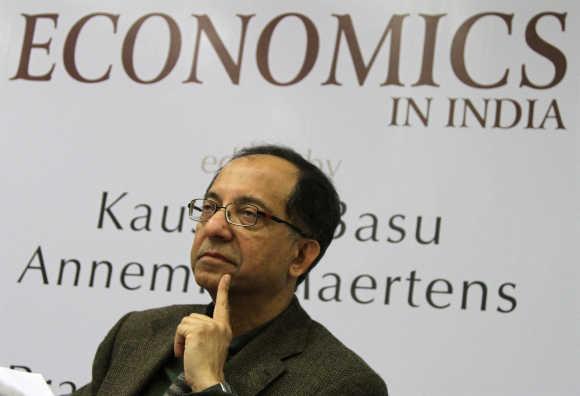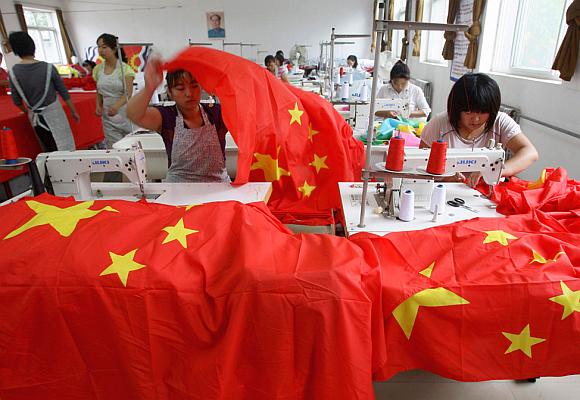
The percentage of global investment that goes to developing countries should triple in the next two decades as emerging economies catch up to richer nations and become more integrated into financial markets, the World Bank predicted in a report on Thursday.
These nations and their comparatively younger and bigger populations are also set to become the largest sources of capital, with China and India turning into the world's two biggest investors by 2030, the global development lender said.
The shifting landscape of saving and investment has profound implications for everything from which currencies will dominate global markets to the rise of new financial centers, patterns of capital flows and investment priorities.
...

But policymakers are still woefully unprepared for the changes, fixating instead on what will happen in the next three to six months, Kaushik Basu, the World Bank's chief economist, said.
"The big question that should concern us all is what will happen to the major drivers of growth and development: namely savings and investment," Basu told reporters ahead of the report's release.
"In some sense, some of the global economic turmoil that we are seeing today are some of the early indicators of the kind of turbulent period that the world is going into," he said.
...

Standard & Poor's earlier this week predicted that Chinese non-financial companies will overtake US companies in their borrowing needs over the next two years.
By 2030, for every dollar invested in the world, 60 cents will flow into developing countries, a dramatic change from 20 cents to the dollar in 2000. China will make up 30 per cent of all investment activity, while the United States will have 11 per cent and India, 7 per cent.
The numbers assume the world will grow on average 2.6 per cent to 3 per cent a year in the next two decades, while emerging economies will grow 4.8 to 5.6 per cent a year.
...

As more capital flows from one developing country to another, known as South-South flows, China's yuan currency and its monetary policy will have a greater impact on the rest of the world, reducing the influence of US and euro area policies.
A richer world in 2030 will also have a greater demand for services over manufacturing, meaning countries will face pressure to reduce protectionist barriers to trade in services, the World Bank said.
But shifts in global saving may not be equally distributed in each country, warned lead report author Maurizio Bussolo - a key concern for the poverty-fighting World Bank.
...

In most developing countries, the top segment of the population saves three to four times more than the poorest.
Governments must make an effort to level the playing field in education, which has a strong correlation with higher earnings, savings and future wealth, he said.
"So in terms of our projections, we see the increased importance of developing countries. But behind that, there is a lot of work to do, and very little time," Bussolo said.